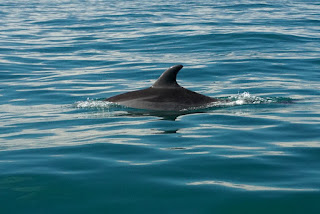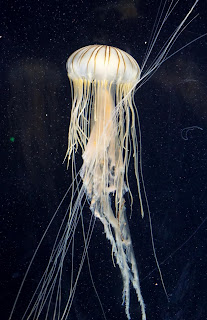February 17, 2019
February 17, 2019
We awake in Ensenada, Mexico. Our hotel room faces the ocean. Too bad we are leaving early. Ensenada is a popular stop for American cruise ships. By stopping here for a few hours before docking in LA, these ships can dodge the Jones Act, and hire inexpensive foreign labor. The hotel front desk has a huge whale tail photo behind it. I just might do something similar in our Living Room.
We drive the seventy-five miles along the beautiful coastline to the border where we disembark and walk with our luggage through the checkpoint. It takes more than an hour. Back on the bus we make the short drive to San Diego where we say good by to our travel companions. After dropping off my sister and brother-in-law at the airport we drive the six hours back to Tucson. We are exhausted from the journey.
We awake in Ensenada, Mexico. Our hotel room faces the ocean. Too bad we are leaving early. Ensenada is a popular stop for American cruise ships. By stopping here for a few hours before docking in LA, these ships can dodge the Jones Act, and hire inexpensive foreign labor. The hotel front desk has a huge whale tail photo behind it. I just might do something similar in our Living Room.
We drive the seventy-five miles along the beautiful coastline to the border where we disembark and walk with our luggage through the checkpoint. It takes more than an hour. Back on the bus we make the short drive to San Diego where we say good by to our travel companions. After dropping off my sister and brother-in-law at the airport we drive the six hours back to Tucson. We are exhausted from the journey.































